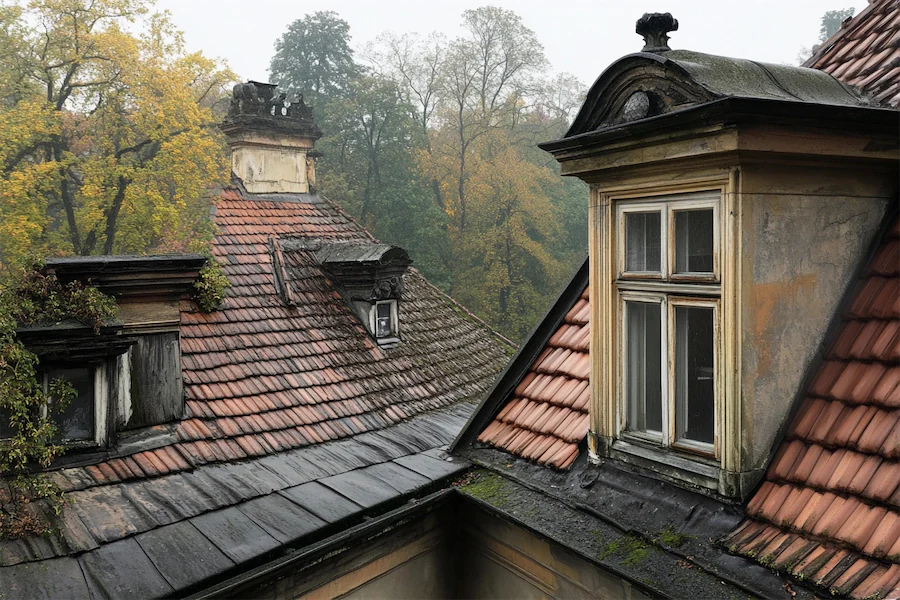A terrace roof is an architectural feature that provides shelter and enhances the functionality of outdoor spaces, particularly in urban environments. It serves as a protective covering for terraces, allowing homeowners to enjoy outdoor areas regardless of weather conditions. Beyond protection, terrace roofs contribute to the aesthetic appeal and can significantly increase the usable living space of a residence.
History and Origins of Terrace Roofs
The concept of terrace roofs dates back to ancient civilizations. In Venice, Italy, for instance, rooftop terraces known as “altanas” have been prevalent since around 1500 CE. These wooden platforms, elevated above buildings, were originally used for drying laundry and have evolved into spaces for social gatherings.
This historical utilization underscores the long-standing human desire to maximize outdoor space in densely populated areas.
Key Features of Terrace Roofs
Terrace roofs come in various designs and materials, each offering distinct advantages:
- Pergolas: Open-frame structures, often made of wood or metal, that provide partial shade. They can be adorned with climbing plants to enhance aesthetics and offer additional shade.
- Glass Canopies: Transparent or translucent roofs that allow natural light to penetrate while offering protection from rain. They create a sense of openness and are ideal for areas where sunlight is desired.
- Retractable Awnings: Flexible roofing solutions that can be extended or retracted based on weather conditions, providing versatility in controlling sunlight and shade.
- Green Roofs: Roofs covered with vegetation, which offer insulation, reduce rainwater runoff, and contribute to urban biodiversity. They blend seamlessly with the environment and promote sustainability.
Applications of Terrace Roofs
Terrace roofs are utilized in various settings to enhance outdoor living spaces:
- Residential Homes: Homeowners install terrace roofs to create comfortable outdoor areas for relaxation, dining, or entertaining guests, effectively extending their living spaces.
- Restaurants and Cafés: Establishments use terrace roofs to offer patrons an enjoyable outdoor dining experience, regardless of weather conditions, thereby increasing seating capacity and ambiance.
- Urban Gardens: In cities, terrace roofs serve as platforms for rooftop gardens, allowing residents to engage in gardening and contribute to urban greenery. These spaces can also serve as communal areas for social interactions.
Considerations When Choosing a Terrace Roof
When selecting a terrace roof, several factors should be considered:
- Climate: The local weather patterns will influence the choice of materials and design. For instance, areas with heavy rainfall may require more robust, waterproof materials.
- Structural Integrity: It’s essential to assess whether the existing structure can support the additional weight of the terrace roof, especially when considering materials like glass or extensive vegetation.
- Aesthetic Compatibility: The design of the terrace roof should complement the existing architectural style of the building to maintain visual harmony.
- Maintenance: Different materials and designs have varying maintenance needs. For example, green roofs require regular upkeep to ensure plant health, while materials like wood may need periodic treatments to prevent decay.
Conclusion
Terrace roofs are a valuable addition to any building, offering protection, enhancing aesthetics, and expanding usable space. By understanding their history, features, and applications, homeowners and designers can make informed decisions to create functional and beautiful outdoor environments.
